PRESENTATION: Cy Twombly
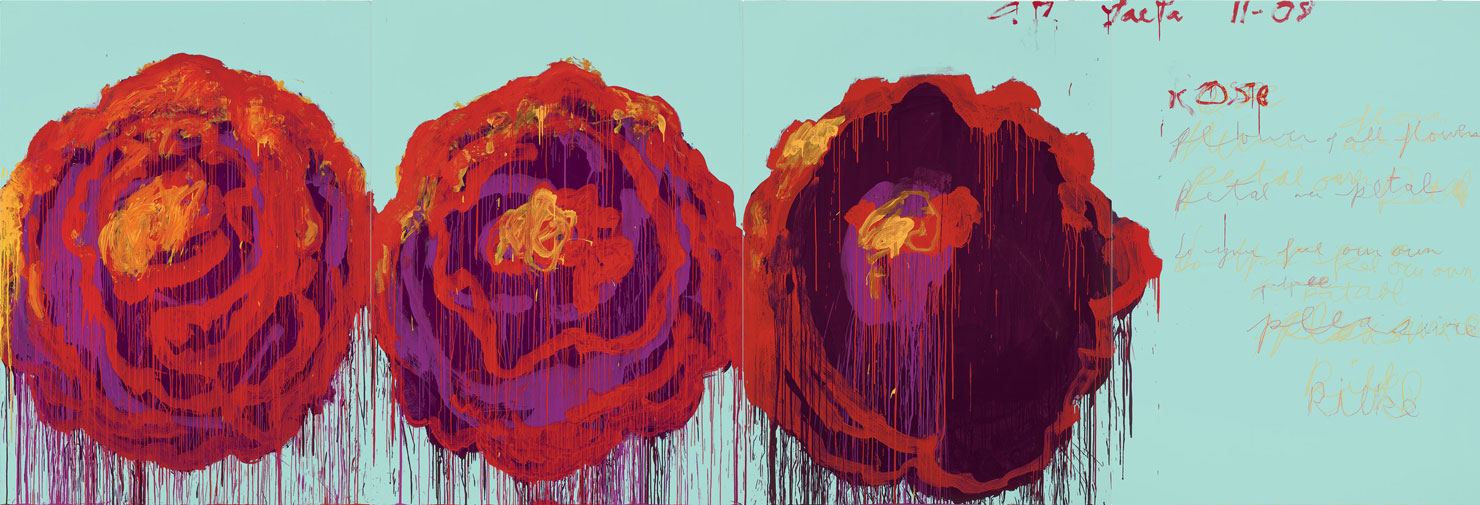 Cy Twombly developed a gestural vocabulary in which each line and color is infused with energy, spirituality, and meaning. Emerging as a prominent figure in the mid-1950s following extensive travels throughout Europe and North Africa, he produced works that are simultaneously personal and mythological, allowing narrative, language, and inner visions to erupt from his intimate, abstract notations.
Cy Twombly developed a gestural vocabulary in which each line and color is infused with energy, spirituality, and meaning. Emerging as a prominent figure in the mid-1950s following extensive travels throughout Europe and North Africa, he produced works that are simultaneously personal and mythological, allowing narrative, language, and inner visions to erupt from his intimate, abstract notations.
By Efi Michalarou
Photo: Gagosian Archive
The exhibition of paintings, sculptures, and works on paper produced in the final decade of Cy Twombly’s life, takes placed across two floors of the Gagosian Gallery in New York. Working in Gaeta, Italy, and Lexington, Virginia, Twombly returned to painting at a large scale in the 2000s. The shift followed his 1994 retrospective at the Museum of Modern Art, New York, and the critical success of “Lepanto”, a suite of twelve paintings first shown at the 49th Biennale di Venezia in 2001. In these works, he adopted a new approach to color with palettes of lush, saturated hues. Slender lines and loops of paint balance expressive dynamism and elegance, while denser strokes evoke the petals of peonies and chrysanthemums. The paintings are imbued with the uninhibited spirit of Bacchanalia and the vivacity of fresh blossoms; at once vital and elegiac, they meditate on poetry, history, and myth. One highlight is a set of six panels composed with verdant greens and luminous white, “Untitled I–VI (Green Painting)” (2002–03), which was presented publicly only once before as part of the Metropolitan Museum of Art’s 2016 exhibition “Unfinished: Thoughts Made Visible”. Also included are Twombly’s works on paper, which blur the distinctions between painting, drawing, and writing, and his sculptures, which extend his concerns with gesture and materiality into three dimensions. Assembled from plaster, wood, and scraps found in his studio, these objects suggest fragments of the monumental architectonic and sculptural forms of ancient Egypt, Rome, and Greece. Twombly often painted the sculptures white or cast them in bronze, unifying their disparate forms while retaining the tactility of their surfaces.
Cy Twombly was born in 1928 in Lexington, Virginia, and studied art in Boston and New York, then at Black Mountain College in North Carolina in the early 1950s. Although he was a contemporary of Robert Rauschenberg and Jasper Johns, his work soon digressed from the aims of American postwar abstraction. While prevailing tendencies of the period, such as Pop art, sought to abandon historical narratives altogether, Twombly directed his focus toward ancient, classical, and modern poetic traditions. In the late 1950s he moved to Italy, where he produced colorful, diagrammatic works, such as Ode to Psyche (1960), that feature erotic allusions and sly jokes while maintaining an abstract charge. Shortly thereafter the sebaceous, bright colors of these works gave way to the more austere grays and blues of the “blackboard” paintings, in which terse, white scrawls and loops recall the powdery effects of chalk on a blackboard. As Twombly continued to work in various locations over the following decades (including Rome, Lexington, and his final residence, in Gaeta, Italy) places, landscapes, and natural forms came to figure prominently in his drawings, collages, photographs, and watercolors. For Twombly, the poetic and the rational were not mutually exclusive. Collage, which engaged him briefly in 1959, then began to appear more regularly in 1971, allies Twombly to the Dadaists and their descendants, such as Rauschenberg and Johns. Visual information from everyday life—travel postcards, reproductions of paintings, scientific illustrations, personal drawings, and more—entered his work as a way to explore the potential of both structure and meaning. From his student days on, Twombly also captured his daily life in photographs. He recorded the verdant landscapes of Virginia and the coasts of Italy; close-up details of ancient buildings and sculptures; studio interiors; and still lifes of objects and flowers. Beginning in the early 1990s, he used specialized copiers to enlarge his Polaroid images on matte paper, resulting in subtle distortions that approximate the timeless qualities of his paintings and sculptures. In 1995 the Cy Twombly Gallery opened across the street from the Menil Collection in Houston. A collaboration between the Menil, Dia Foundation, and Twombly himself, the gallery serves as a permanent home for a number of important works made between 1953 and 2004. In 2010 Twombly was selected to install a permanent work at the Louvre: a painted ceiling for the Salle des Bronzes. “The Ceiling” spans 3,750 square feet and pays homage to the greatest Hellenic sculptors, from Phidias to Praxiteles, each of their names inscribed over an immense blue sky populated by floating, cosmic orbs.
Photo: Cy Twombly, The Rose (IV), 2008 Acrylic on wood panel, 99 ¼ × 291 ⅜ inches (252 × 740 cm), © Cy Twombly Foundation
Info: Gagosian Gallery, 980 Madison Avenue, New York, NY, USA, Duration: 20/1-4/3/2023, Days & Hours: Tue-Sat 10:00-18:00, https://gagosian.com/
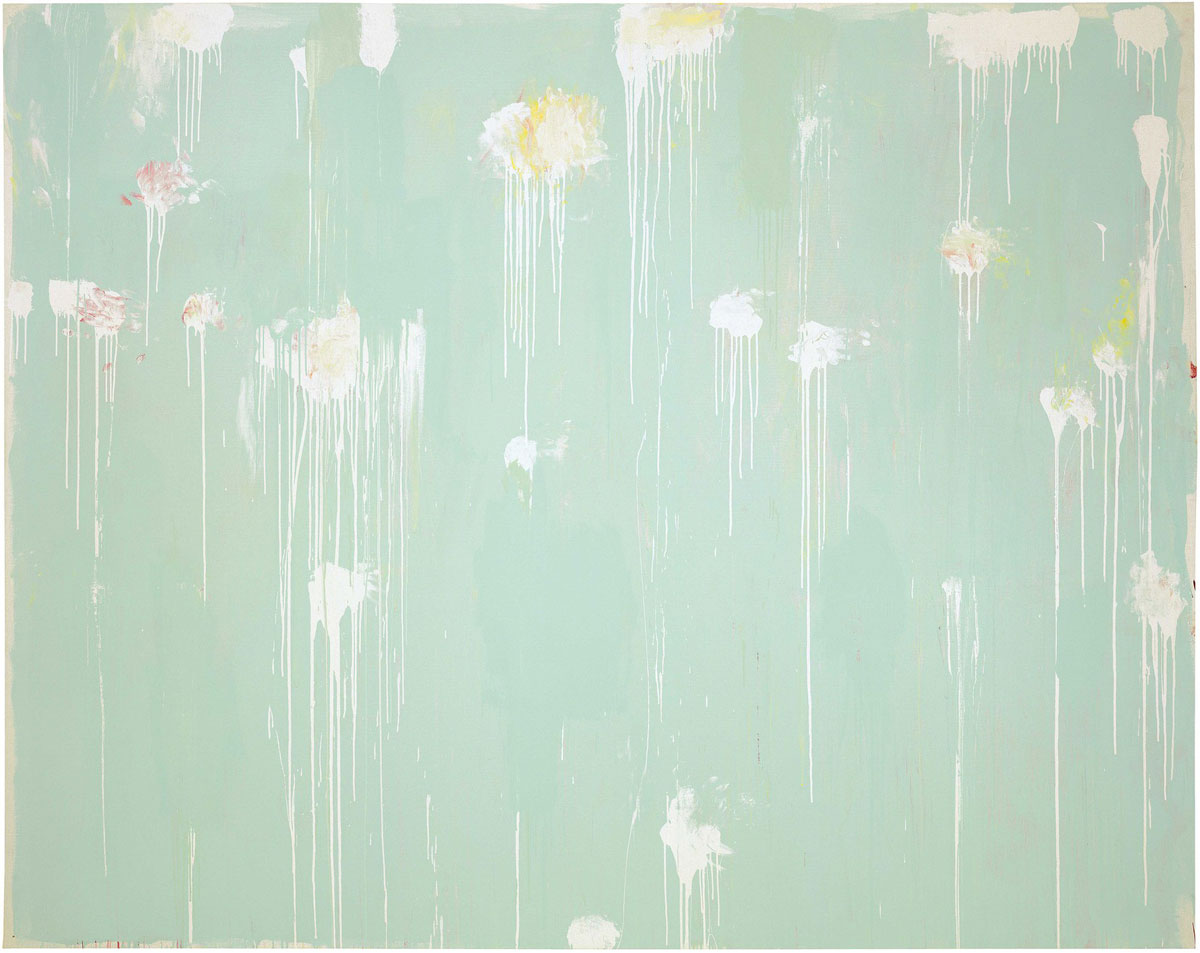
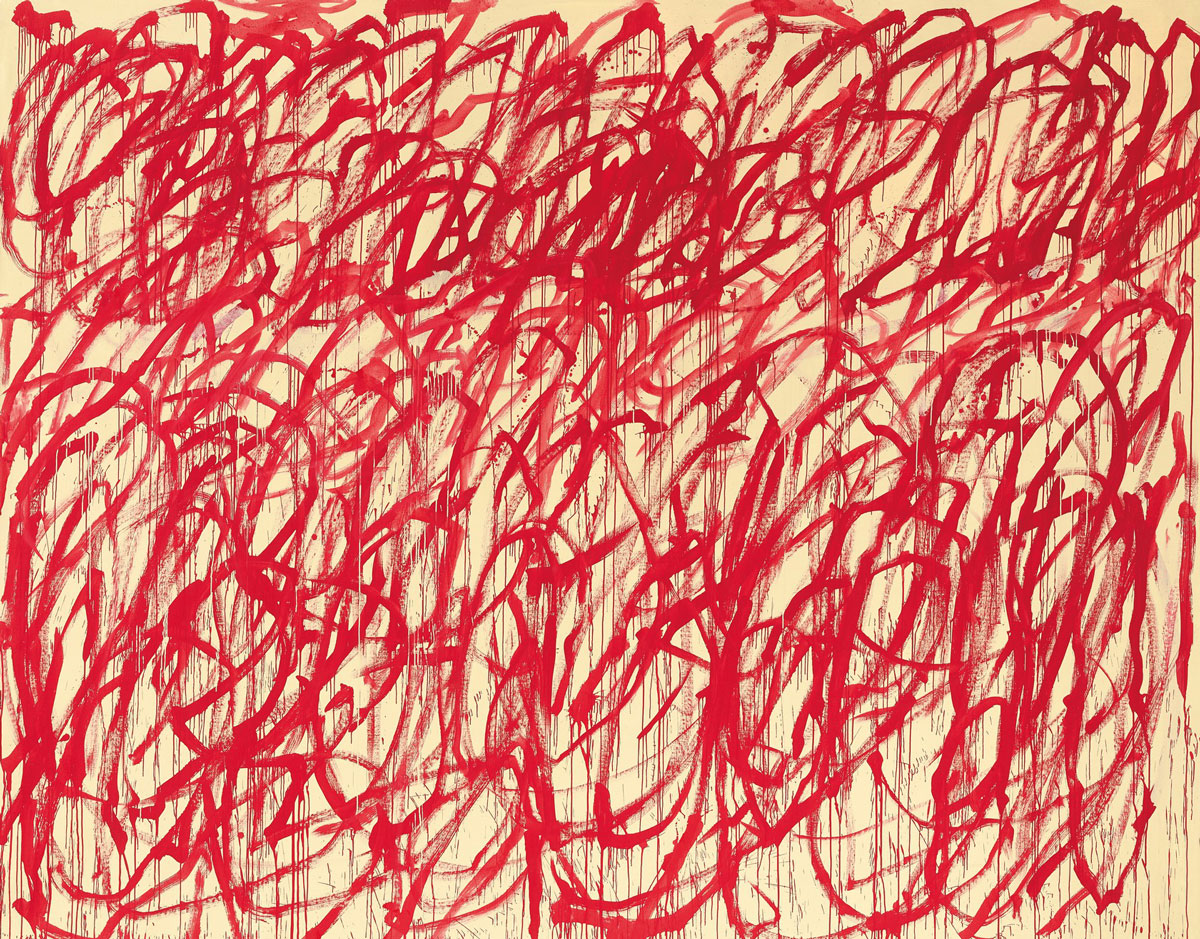
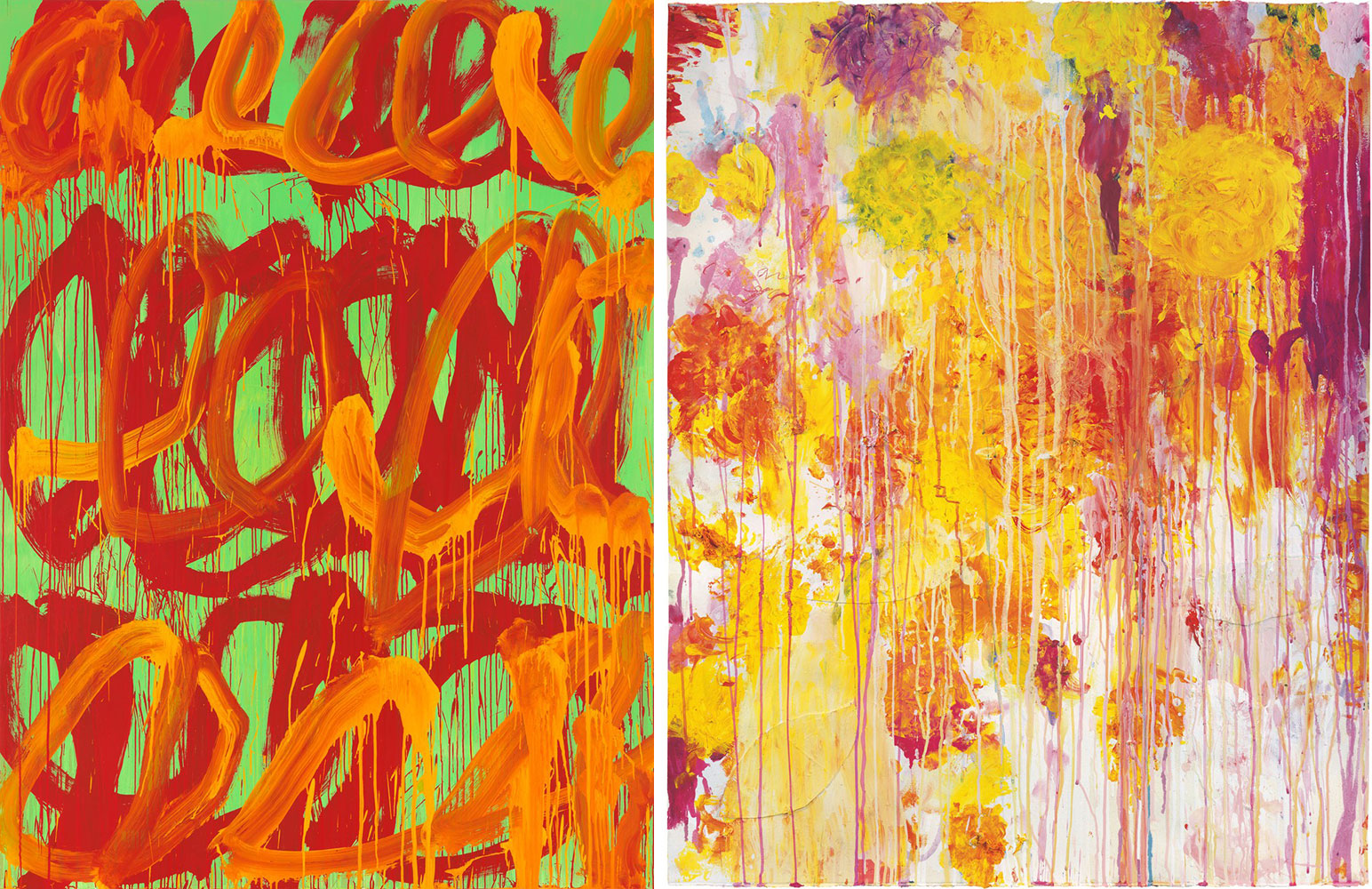
Right: Cy Twombly, Untitled, 2001, Acrylic, wax crayon, and cut-and-pasted paper on paper, 48 ⅞ × 39 inches (124 × 99 cm), © Cy Twombly Foundation. Photo: Rob McKeever
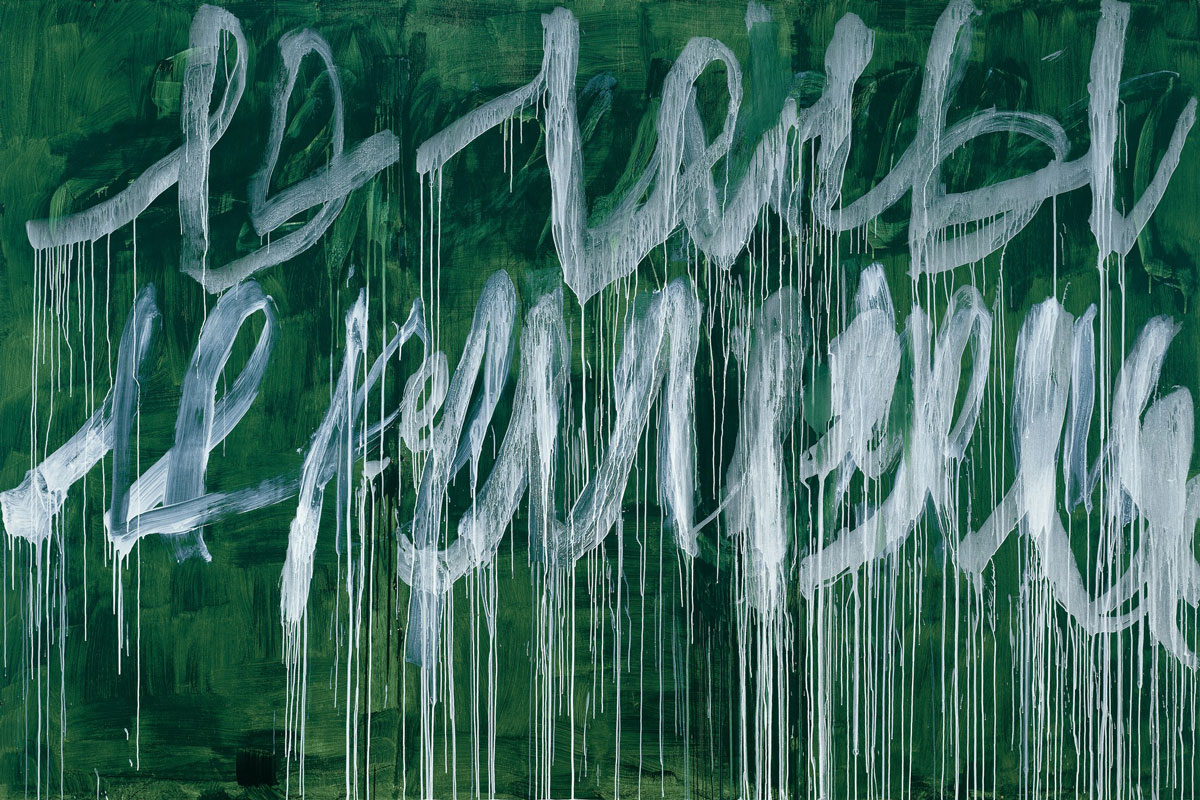
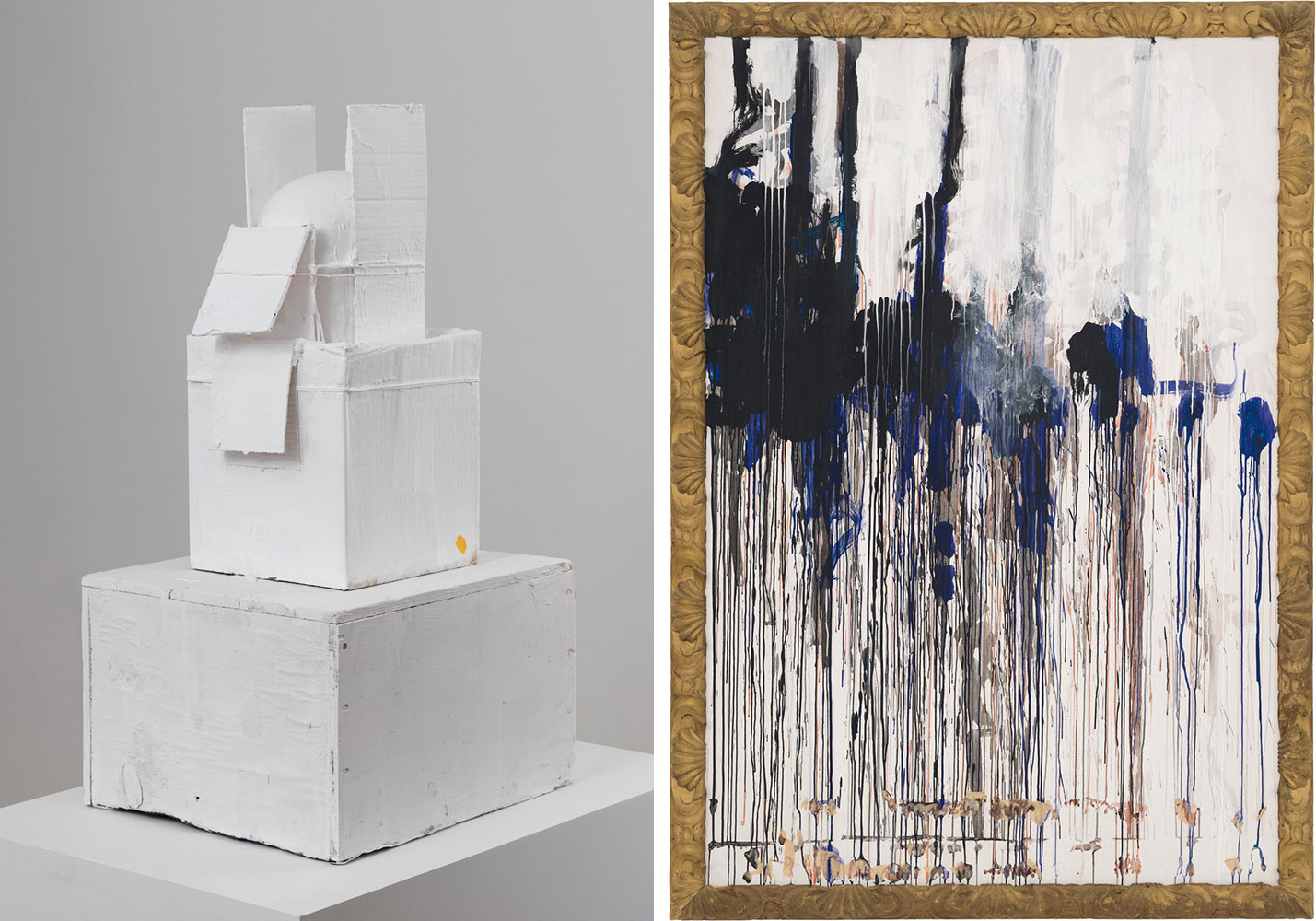
Right: Cy Twombly, Untitled (Winter Picture), 2004, Acrylic on plywood panel, in artist’s frame, 98 ⅞ × 69 ¾ × 2 ¾ inches (251 × 177 × 7 cm, © Cy Twombly Foundation
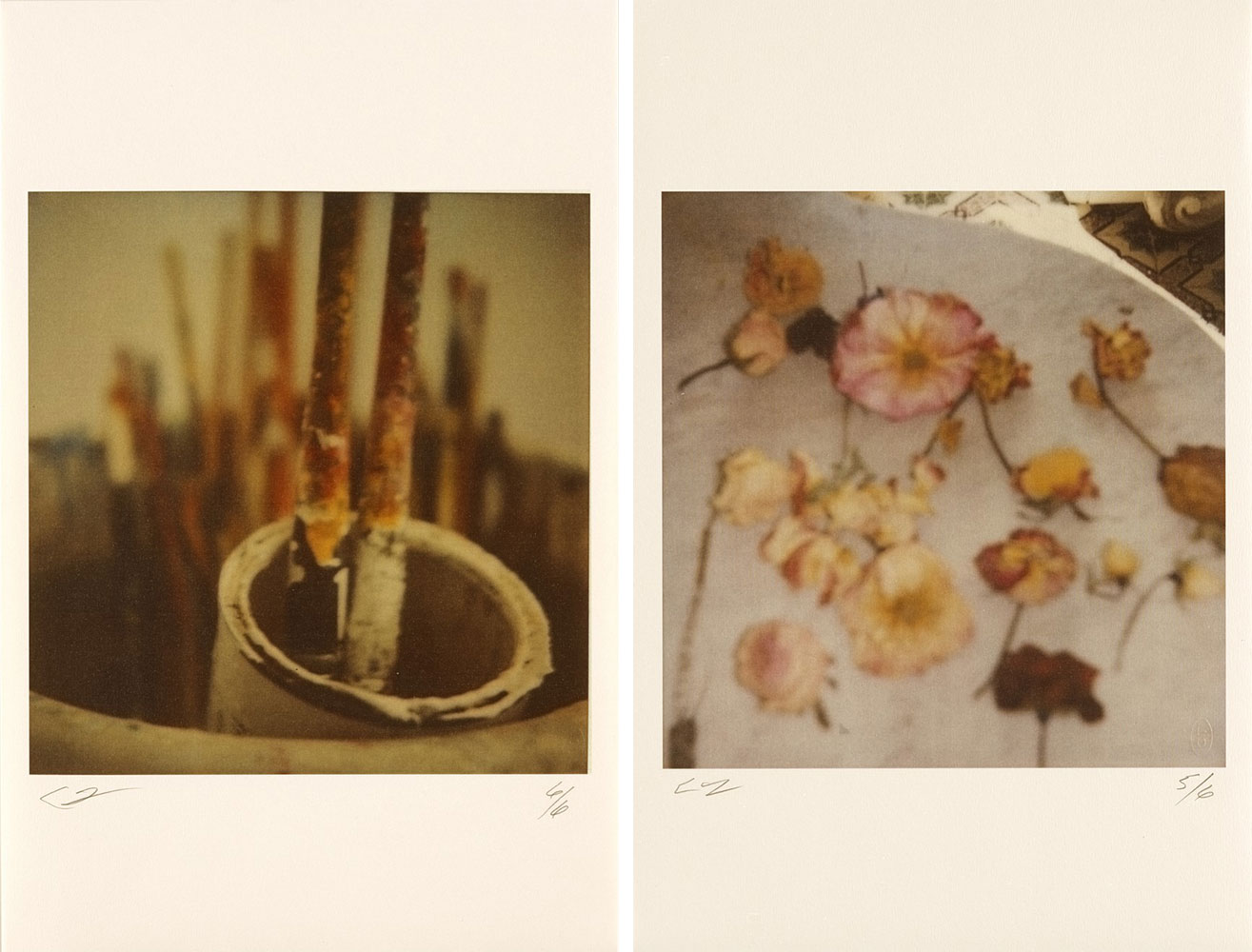
Right: Cy Twombly, Light Flowers V (Gaeta), 2008, Color dry-print, 17 × 11 inches (43.2 × 27.9 cm), edition of 6, © Nicola Del Roscio Foundation
